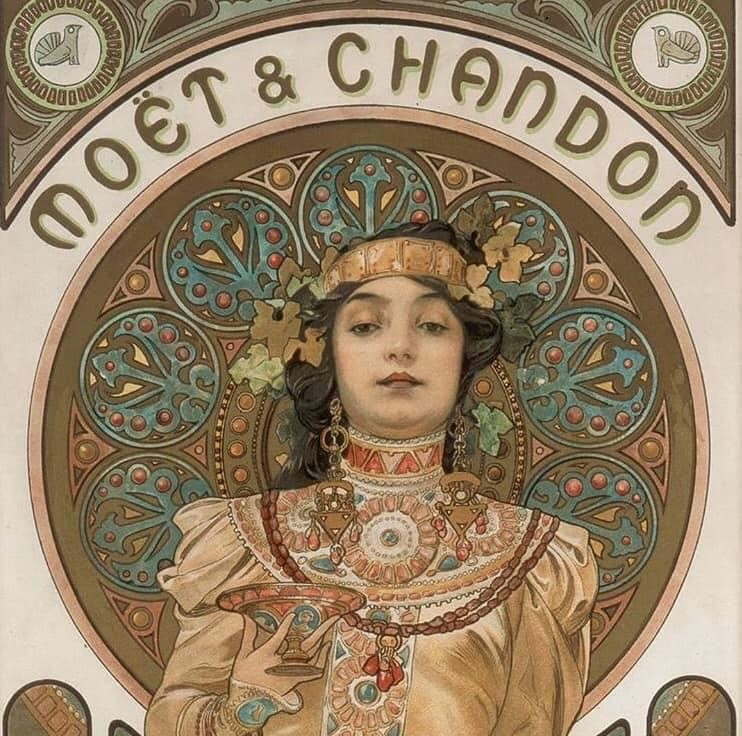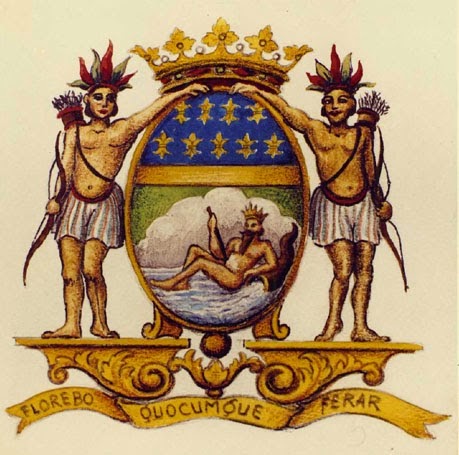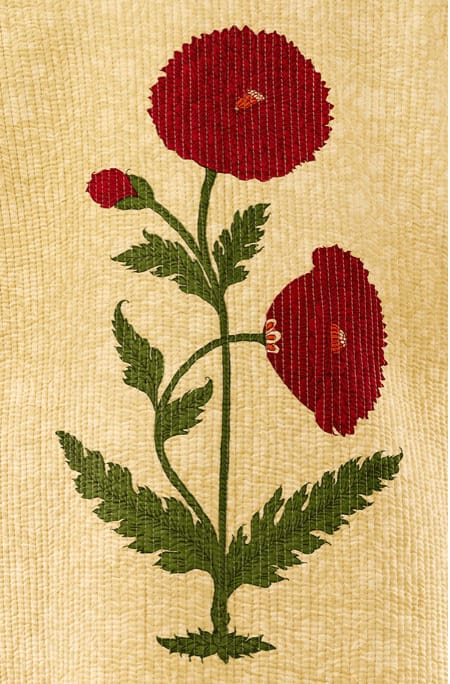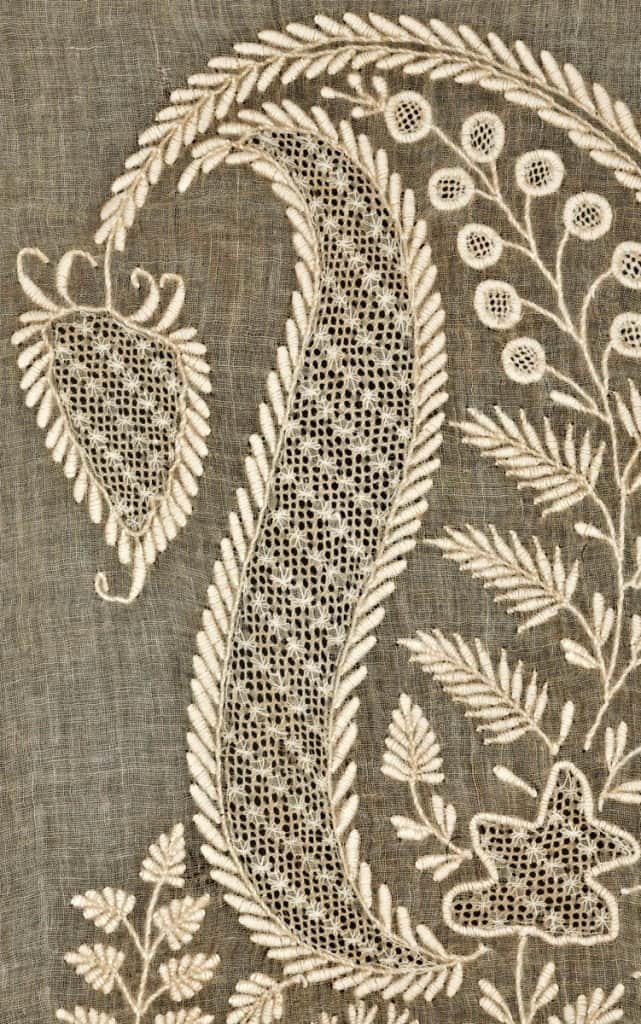08 Jan The Fascinating Textile Crafts of Japan
Posted at 15:25h in Art, Artisan, Culture, DESIGN, History, Sustainability, Technique by Mira Gupta 0 Comments
[vc_row css_animation="" row_type="row" use_row_as_full_screen_section="no" type="full_width" angled_section="no" text_align="left" background_image_as_pattern="without_pattern" css=".vc_custom_1610085540880{padding-right: 15px !important;}" z_index=""][vc_column offset="vc_col-xs-12"][vc_column_text]Textile Crafts of Japan : I had a pink hand-painted pajama set as a child, which came in an artful box, with the inside flap mirrored and beribboned. I loved this so much I never actually wore it but pulled it out at intervals to admire it. This was my first exposure to the miracle of Japanese crafts.20 Dec Art Nouveau Movement Supporting Arts & Crafts during Nineteenth-century Europe
[vc_row css_animation="" row_type="row" use_row_as_full_screen_section="no" type="full_width" angled_section="no" text_align="left" background_image_as_pattern="without_pattern" css=".vc_custom_1608448837036{padding-right: 15px !important;}" z_index=""][vc_column offset="vc_col-xs-12"][vc_column_text]Art Nouveau : As a young girl, I remember attending a book fair in Delhi and spotting a book with black and white illustrations. Curling and sinuous, at once decorative yet a little naughty, these were by the famous Art Nouveau illustrator Aubrey Beardsley. I've been hooked to this movement ever since, from the architecture of Gaudi, the jewelry of Tiffany, and of course the art of Beardsley and Alphonse Mucha.19 Dec PUNK: CHAOS TO COUTURE. CULTURE VS ANTICULTURE IN ARTS & CRAFTS
[vc_row css_animation="" row_type="row" use_row_as_full_screen_section="no" type="full_width" angled_section="no" text_align="left" background_image_as_pattern="without_pattern" css=".vc_custom_1608419589666{padding-right: 15px !important;}" z_index=""][vc_column offset="vc_col-xs-12"][vc_column_text]Punk : The idea of perfection and details in designs are an intrinsic part of cultural crafts. This refined look of crafts has always fascinated me until the current prolonged situation with the pandemic made me realize why isn't design in crafts used for 'activism' or 'rebellion' or a cry for help for the change of current systems. I was inspired to think more in this direction after I recently revisited the Met's spring 2013 Costume Institute exhibition, PUNK: Chaos to Couture, which examined Punk's impact on high fashion from the movement's birth in the early 1970s. In this article, let us learn more about this exhibition and PUNK!12 Dec The Indo-French Art Connection
[vc_row css_animation="" row_type="row" use_row_as_full_screen_section="no" type="full_width" angled_section="no" text_align="left" background_image_as_pattern="without_pattern" css=".vc_custom_1607820803594{padding-right: 15px !important;}" z_index=""][vc_column offset="vc_col-xs-12"][vc_column_text]Indo-French Art : The historical connection between India and France goes back to the late 17th and 18th centuries when French ships arrived to set up trading centers in Pondicherry, the then Masulipatnam, and Surat, amongst others. Of course, the French were never as prominent in India as the English, finally losing the race to colonize India after the Battle of Plassey in 1757. The politics of the time also meant that early European painters in India were all or mostly British, establishing what came to be known as the Company School, a painting style combining English and Indian art styles. In India, early art schools in the then Bombay and Calcutta were also established by the British and taught art based on European classicism.09 Dec Indian Floral Patterns in Design and Textiles
[vc_row css_animation="" row_type="row" use_row_as_full_screen_section="no" type="full_width" angled_section="no" text_align="left" background_image_as_pattern="without_pattern" css=".vc_custom_1607483106680{padding-right: 15px !important;}" z_index=""][vc_column offset="vc_col-xs-12"][vc_column_text]
Indian Floral : For centuries, plants and flowers have inspired Indian artists of different genres. The lotus flowers and floral meanders depicted in the Buddhist sites dating back to the 3rd century, the depiction of Hindu God Vishnu on a throne of a lotus flower, and the famous paintings of Ajanta and Ellora caves from the 5th century are the most excellent and oldest examples depicting florals in Indian Art. However, florals did not become the design language for Indian textiles for a long time, not until the beginning of the Sultanate Period in the twelfth century when Islamic culture started influencing Indian art & design.
05 Dec The Pahari School of Paintings: The Beautiful Indian Art
[vc_row css_animation="" row_type="row" use_row_as_full_screen_section="no" type="full_width" angled_section="no" text_align="left" background_image_as_pattern="without_pattern" css=".vc_custom_1607212846749{padding-right: 15px !important;}" z_index=""][vc_column offset="vc_col-xs-12"][vc_column_text]
Indian Art
[caption id="attachment_3273" align="alignleft" width="400"] Jain school of Gujarat.[/caption]
Jain school of Gujarat.[/caption]The history of painting in India goes back 2000 years, something that many do not realize, starting with the beautiful murals of Ajanta, which are interesting too because they show people wearing craft still extant. The 11th century saw the illustrated Pala manuscripts, painted on palm leaves, and the earliest example of miniature painting in India. The next development was the Jain school of Gujarat, which eventually lead to the Rajput tradition of miniature art. As it grew and developed, the Rajput tradition divided into two distinct schools, Rajput and the Pahari school, based in Himachal Pradesh, the hilly state in the north-west of India.
14 Apr Chikankari Embroidery : A Traditional Embroidery from Lucknow
Posted at 16:34h in Art, Artisan, Culture, Embroidery Series, History, Sustainability, Technique by Nidhi Garg 0 Comments
[vc_row css_animation="" row_type="row" use_row_as_full_screen_section="no" type="full_width" angled_section="no" text_align="left" background_image_as_pattern="without_pattern" css=".vc_custom_1587020214922{border-right-width: 1px !important;padding-right: 30px !important;border-right-color: #000000 !important;border-right-style: solid !important;}" z_index=""][vc_column width="1/2" offset="vc_col-xs-6"][vc_single_image image="1729" img_size="750x1100" qode_css_animation=""][/vc_column][vc_column width="1/2" offset="vc_col-xs-6"][vc_column_text] Image Source: Poala Manfredi's book on Chikankari
Image Source: Poala Manfredi's book on Chikankari
[/vc_column_text][/vc_column][/vc_row][vc_row css_animation="" row_type="row" use_row_as_full_screen_section="no" type="full_width" angled_section="no" text_align="left" background_image_as_pattern="without_pattern" css=".vc_custom_1587020225212{border-right-width: 1px !important;padding-right: 30px !important;border-right-color: #000000 !important;border-right-style: solid !important;}" z_index=""][vc_column offset="vc_col-xs-12"][vc_separator type="normal"][vc_row_inner row_type="row" type="full_width" text_align="left" css_animation=""][vc_column_inner offset="vc_col-xs-12"][vc_column_text]CHIKANKARI EMBROIDERY HISTORY
[/vc_column_text][vc_empty_space height="20px"][vc_column_text]Traditional Chikankari Embroidery at a NYC based company. The historical city of Lucknow with its detailed architecture is synonymous with Chikankari embroidery. In 1775, Lucknow had become the capital of the city of Oudh. It at once began to attract craftsmen, artists and musicians, who were patronized by the Mughal court.
The stitches of white on white patterns such as paisleys and florals adorn the surface of the fabric . The use of untwisted cotton or silk threads was common. Some stitches start from the front of the fabric, others from the back. There are six basic stitches, which form a large repertoire of stitches as a combination of each other for embossing flowers and leaves.









